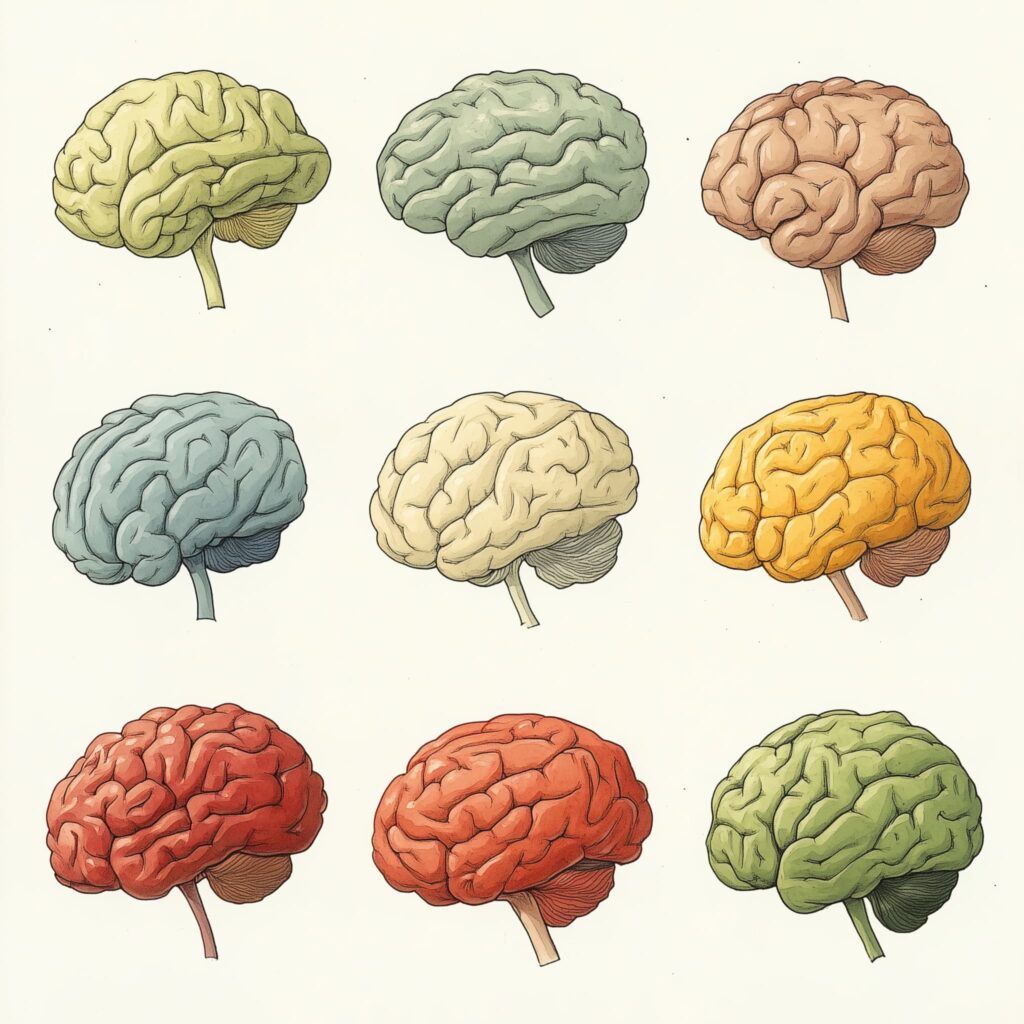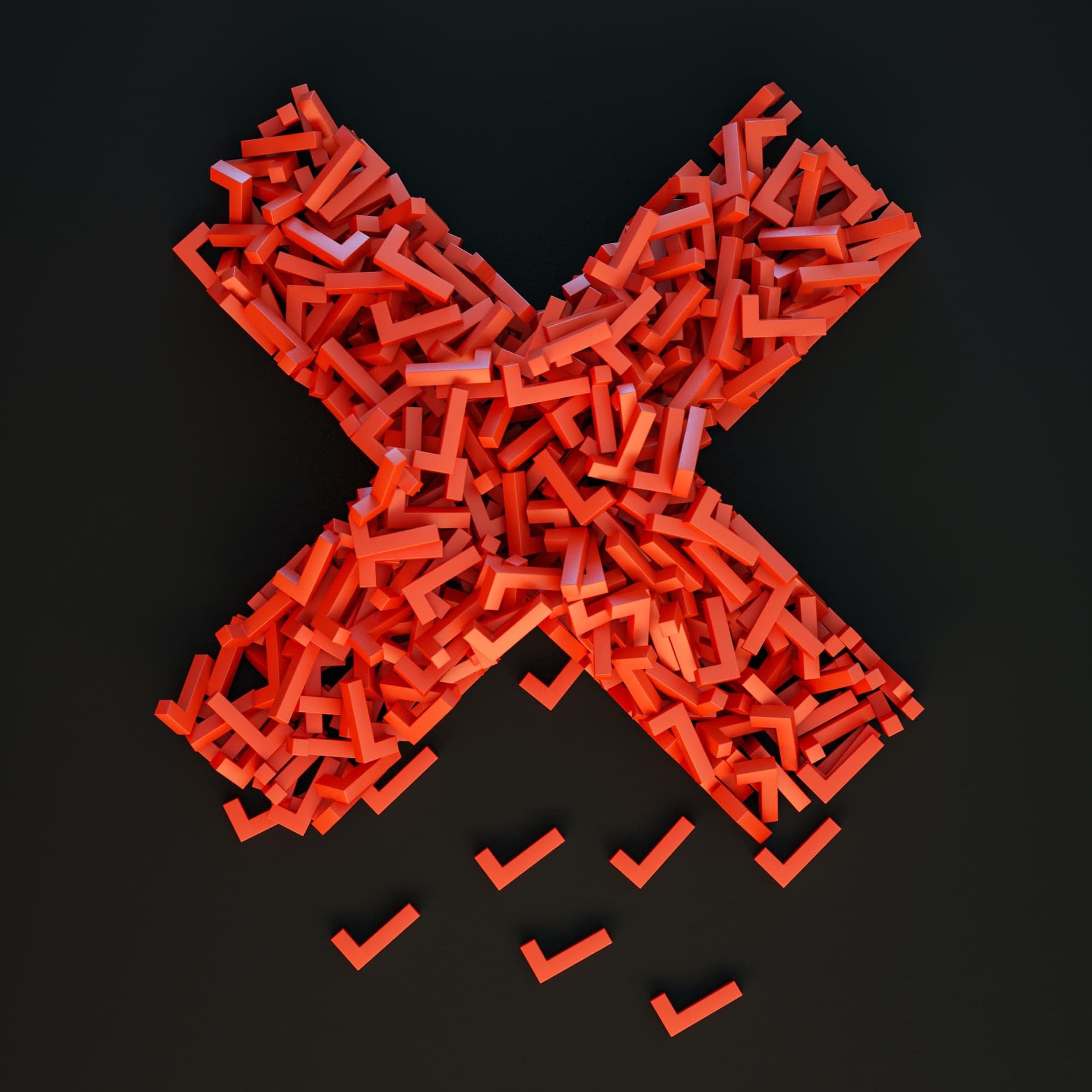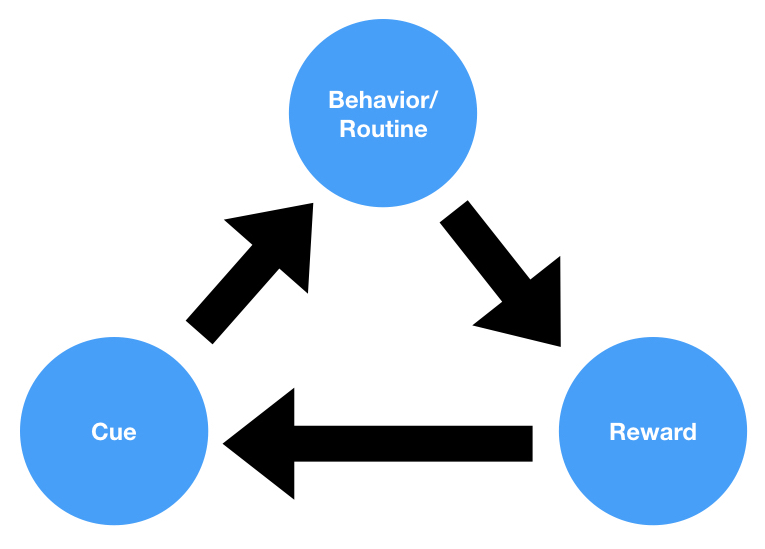1. Introduction
The Six Systems model posits that every behavior—ranging from momentary reactions to long-term habits—can be traced back to one or more of these systems. By focusing on the underlying biological and functional roles of each system, it aims to offer a more dynamic and predictive account of personality than models that exclude general intelligence or treat it as a separate dimension.
2. The Six Systems
2.1 Cognition (Problem-Solving & Intelligence)
Overview: Handles logical reasoning, knowledge application, working memory, and processing speed.
Function: Enables individuals to learn quickly, solve complex problems, and adapt to changing circumstances.
Relevance: Involves everything from day-to-day problem-solving to long-term intellectual pursuits.
Sub-Systems
- Reasoning System (Fluid Intelligence)
What It Does: Solve new problems, adapt on the fly.
Brain & Chemistry: Frontoparietal network; dopamine for motivation. - Knowledge System (Crystallized Intelligence)
What It Does: Apply past learning and expertise.
Brain & Chemistry: Memory networks in the cortex; dopamine reinforces using what you know. - Working Memory System
What It Does: Hold information in mind while you work on it (like mental “sticky notes”).
Brain & Chemistry: Frontoparietal circuits; norepinephrine boosts focus. - Processing System (Speed)
What It Does: Handle information fast and efficiently.
Brain & Chemistry: Efficient brain wiring (white matter); acetylcholine aids quick thinking.
Business Relevance: Faster, more flexible thinking supports better decision-making, strategic planning, and problem-solving under pressure.
2.2 Threat Detection (Managing Fear & Anger)
Overview: Encompasses emotional responses to potential dangers, from anxiety and worry to anger and defensiveness.
Function: Helps individuals avoid risks, respond to threats, and recover from setbacks.
Relevance: Influences stress management, conflict resolution, and emotional resilience.
Sub-Systems
- Threat Anticipation System (Anxiety)
What It Does: Spot potential problems before they hit.
Brain & Chemistry: Amygdala alerts you; serotonin and norepinephrine manage worry. - Reactive Defense System (Anger)
What It Does: Prompt immediate action when violated.
Brain & Chemistry: Amygdala-hypothalamus trigger quick responses; norepinephrine heightens alertness. - Loss Response System (Depression)
What It Does: Conserve energy, seek support after major setbacks.
Brain & Chemistry: Overactive “default mode” rumination; low dopamine and serotonin affect mood. - Social Sensitivity System (Self-Consciousness)
What It Does: Monitor social cues and reactions.
Brain & Chemistry: Default mode network for self-reflection; oxytocin, serotonin influence sensitivity. - Impulse Control System (Immoderation)
What It Does: Prevent harmful overindulgence.
Brain & Chemistry: Prefrontal circuits for self-control; serotonin aids restraint. - Stress Reactivity System (Vulnerability)
What It Does: Stay stable under pressure.
Brain & Chemistry: Stress hormone (cortisol) regulation; serotonin and norepinephrine help cope.
Business Relevance: Managing anxiety, anger, and stress leads to more stable leadership, better conflict resolution, and improved team morale.
2.3 Reward Seeking (Motivation & Positive Engagement)
Overview: Fuels pursuit of desired outcomes, social bonding, and the enjoyment of new experiences.
Function: Encourages goal-directed behavior, cooperation, and enthusiasm for challenges.
Relevance: Drives ambition, extroversion-like behavior, and overall optimism.
Sub-Systems
- Social Connection System (Friendliness)
What It Does: Build warm, trusting relationships.
Brain & Chemistry: Oxytocin and dopamine encourage bonding. - Group Seeking System (Gregariousness)
What It Does: Enjoy and engage with larger social groups.
Brain & Chemistry: Social reward circuits (dopamine) draw you into teams and networks. - Social Leadership System (Assertiveness)
What It Does: Take charge, influence others, lead effectively.
Brain & Chemistry: Prefrontal and dopamine pathways drive leadership behavior. - Activity Drive System (Energy)
What It Does: Stay active, pursue multiple opportunities at once.
Brain & Chemistry: Norepinephrine and dopamine keep energy and focus high. - Thrill Seeking System (Excitement-Seeking)
What It Does: Seek novel, high-energy experiences.
Brain & Chemistry: Dopamine fuels the push toward innovation and risk-taking. - Joy Expression System (Cheerfulness)
What It Does: Spread positive emotions, uplift others.
Brain & Chemistry: Dopamine and oxytocin support positive mood and morale.
Business Relevance: Positive, energetic individuals engage teams, drive innovation, and create uplifting work cultures.
2.4 Exploration (Curiosity & Creativity)
Overview: Promotes open-mindedness, novelty-seeking, and innovative thinking.
Function: Enables individuals to discover new ideas, learn from diverse experiences, and remain flexible.
Relevance: Underlies creativity, problem reframing, and willingness to embrace change.
Sub-Systems
- Creative Vision System (Imagination)
What It Does: Spark new ideas and “out-of-the-box” thinking.
Brain & Chemistry: Default mode and executive networks collaborate; dopamine fuels insight. - Aesthetic Appreciation System (Artistic Interests)
What It Does: Find meaning and inspiration in beauty and design.
Brain & Chemistry: Reward centers (dopamine) respond to aesthetics. - Emotional Intensity System (Emotionality)
What It Does: Understand deep feelings and create meaningful experiences.
Brain & Chemistry: Amygdala-prefrontal coordination; serotonin stabilizes mood. - Experience Exploration System (Adventurousness)
What It Does: Try new things and learn from them.
Brain & Chemistry: Dopamine-driven curiosity expands horizons. - Intellectual Exploration System (Intellect)
What It Does: Dive into complex ideas and patterns.
Brain & Chemistry: Frontoparietal networks and acetylcholine/dopamine boost deep thinking. - Belief Flexibility System (Open-Mindedness)
What It Does: Consider new viewpoints, adapt beliefs.
Brain & Chemistry: Prefrontal flexibility; serotonin may support open-mindedness.
Business Relevance: Creativity, curiosity, and openness lead to innovation, better problem-solving, and staying ahead in competitive markets.
2.5 Social Cohesion (Trust & Cooperation)
Overview: Focuses on empathy, morality, altruism, and community bonding.
Function: Guides social interactions, fosters harmony, and supports ethical behavior.
Relevance: Shapes how individuals build relationships, collaborate, and uphold group norms.
Sub-Systems
- Social Trust System (Trust)
What It Does: Decide when and whom to trust.
Brain & Chemistry: Oxytocin reduces fear, enabling cooperation. - Integrity System (Morality)
What It Does: Encourage honesty and fairness.
Brain & Chemistry: Prefrontal ethics; serotonin promotes fairness. - Helping System (Altruism)
What It Does: Motivate helping behaviors, community support.
Brain & Chemistry: Oxytocin and dopamine reward kindness. - Harmony System (Cooperation)
What It Does: Maintain smooth, peaceful relations.
Brain & Chemistry: Prefrontal control over aggression; serotonin calms conflicts. - Status Management System (Modesty)
What It Does: Balance ambition with humility.
Brain & Chemistry: Serotonin and oxytocin encourage respectful status management. - Compassion System (Sympathy)
What It Does: Care for the vulnerable.
Brain & Chemistry: Oxytocin and dopamine strengthen empathy and supportive action.
Business Relevance: High trust, honesty, cooperation, and compassion foster strong teams and ethical organizations.
2.6 Resource Management (Organization & Discipline)
Overview: Involves self-control, reliability, goal-setting, and follow-through.
Function: Helps individuals maintain order, meet obligations, and structure their environment effectively.
Relevance: Essential for conscientious behavior, long-term planning, and consistent performance.
Sub-Systems
- Performance System (Self-Efficacy)
What It Does: Confidence in your ability to get results.
Brain & Chemistry: Dopamine boosts belief in success. - Organization System (Orderliness)
What It Does: Create systems and structures for efficiency.
Brain & Chemistry: Prefrontal planning and acetylcholine focus attention on organization. - Reliability System (Dutifulness)
What It Does: Follow through on commitments.
Brain & Chemistry: Prefrontal-striatal circuits form habits of dependability; serotonin supports consistency. - Achievement Drive System (Achievement-Striving)
What It Does: Maintain effort toward high goals.
Brain & Chemistry: Dopamine rewards progress toward targets. - Implementation System (Self-Discipline)
What It Does: Stay focused, resist distractions.
Brain & Chemistry: Prefrontal control and serotonin support persistence. - Deliberation System (Cautiousness)
What It Does: Think carefully before acting, reduce risks.
Brain & Chemistry: Prefrontal evaluation; serotonin and norepinephrine modulate careful thinking.
Business Relevance: Organized, disciplined, and goal-focused behavior leads to consistent performance, reliability, and excellence in execution.
3. Neuroscientific Foundations
The Six Systems model integrates a bottom-up view from neuroscience with a top-down analysis of personality dimensions, including intelligence. Each system is associated with distinct brain regions and neuromodulators:
- Cognition: Frontoparietal circuits supporting working memory, reasoning, and processing speed, influenced by neurotransmitters such as dopamine (motivation) and norepinephrine (focus).
- Threat Detection: Networks centered on the amygdala and stress-response pathways, involving cortisol and serotonin for regulating fear, anger, and anxiety.
- Reward Seeking: Dopamine pathways in the ventral striatum and prefrontal cortex, driving motivation, social bonding, and pursuit of novelty.
- Exploration: Interaction between the default mode network (creative ideation) and executive functions, with dopamine, serotonin, and acetylcholine shaping curiosity and flexibility.
- Social Cohesion: Oxytocin- and serotonin-related processes in prefrontal and limbic regions, guiding trust, empathy, and ethical behavior.
- Resource Management: Prefrontal–striatal loops (habit formation, planning) modulated by dopamine (reward for goal attainment), serotonin (consistency), and acetylcholine (focused attention).
By linking observable behaviors to specific neural mechanisms, the Six Systems attempts to unify cognitive, emotional, and social aspects of personality within a single explanatory framework.
4. Applications
4.1 Personal Development
Individuals may use this model to identify personal strengths (e.g., high creativity in Exploration) or areas for growth (e.g., better anger regulation in Threat Detection). Understanding each system can guide targeted strategies, such as structured planning for Resource Management or mindfulness to reduce stress.
4.2 Interpersonal & Team Dynamics
Groups benefit from recognizing how differences in Reward Seeking, Social Cohesion, and Threat Detection can affect communication and cooperation. Teams often achieve greater synergy when members’ systems complement each other—balancing risk-awareness with creativity, for instance.
4.3 Organizational & Educational Contexts
Leaders, educators, and coaches may integrate the Six Systems to foster both cognitive excellence (promoting problem-solving and adaptability) and emotional well-being (encouraging trust, resilience, and motivation). The model can inform hiring decisions, training programs, and curricula tailored to different system profiles.
5. Summary
The Six Systems Personality Model presents a comprehensive view of human behavior by weaving together cognitive abilities with central personality functions. Each system addresses a distinct facet of how people think, feel, and act, reflecting both evolutionary roles and specific neural pathways. By examining how these systems interact, the model aims to predict behavior more effectively than trait-only frameworks. It offers practical insights for personal growth, teamwork, and more—ultimately positioning itself as an all-encompassing framework for understanding and guiding human behavior.
References
- Hreha, J. (n.d.). Foundational Research on the Six Systems. [Manuscript in preparation].
- Kandel, E. R., et al. (2012). Principles of Neural Science (5th ed.). McGraw-Hill.
- Gray, J. A. (1987). The Psychology of Fear and Stress (2nd ed.). Cambridge University Press.
- Baumeister, R. F. & Vohs, K. D. (2007). Self-Regulation, Ego Depletion, and Motivation. Social and Personality Psychology Compass, 1(1), 115–128.





